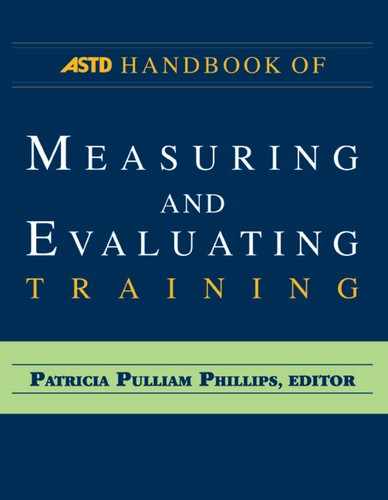 Section III
Section III
Data Analysis

While the evaluation model shows data analysis following data collection, analysis actually occurs during the planning phase, the data collection phase, and even carries on through reporting and implementation. Throughout the evaluation process data are analyzed and considered. Appropriate data analysis is imperative if stakeholders are to make good decisions from the information evolving through the evaluation process. But what is appropriate data analysis? Well, it depends.
The type of analysis that takes place depends on
- type of data
- size of population
- acceptable error
- type of measures
- time requirements
- resource constraints
- cultural constraints
- convenience.
Good analysis balances the experimental context with the organizational context. Program participants and their supervisors, peers, and direct reports do not function in a lab. They work in dynamic organizations where decisions are swiftly made, in some cases with minimal information. So conducting the best data analysis possible given the constraints is a must. To be successful, however, evaluators must know the “right” way to analyze data and then be able to balance accuracy with costs, ensuring the results are reported in the right context.
In Section III you will learn basic analysis techniques to
- describe evaluation results
- isolate program effects from other influences
- convert data to monetary value
- calculate return-on-investment (ROI).
